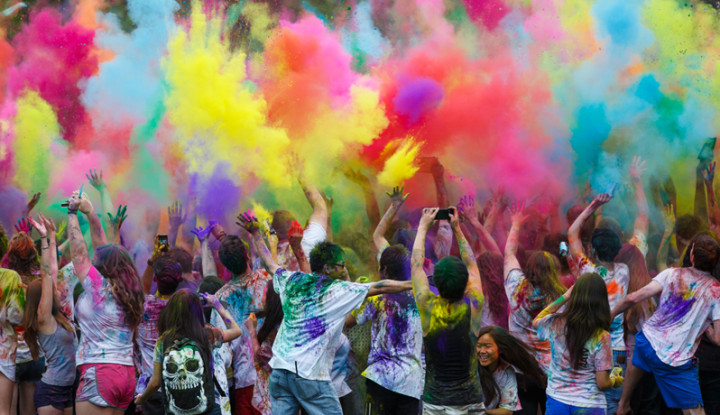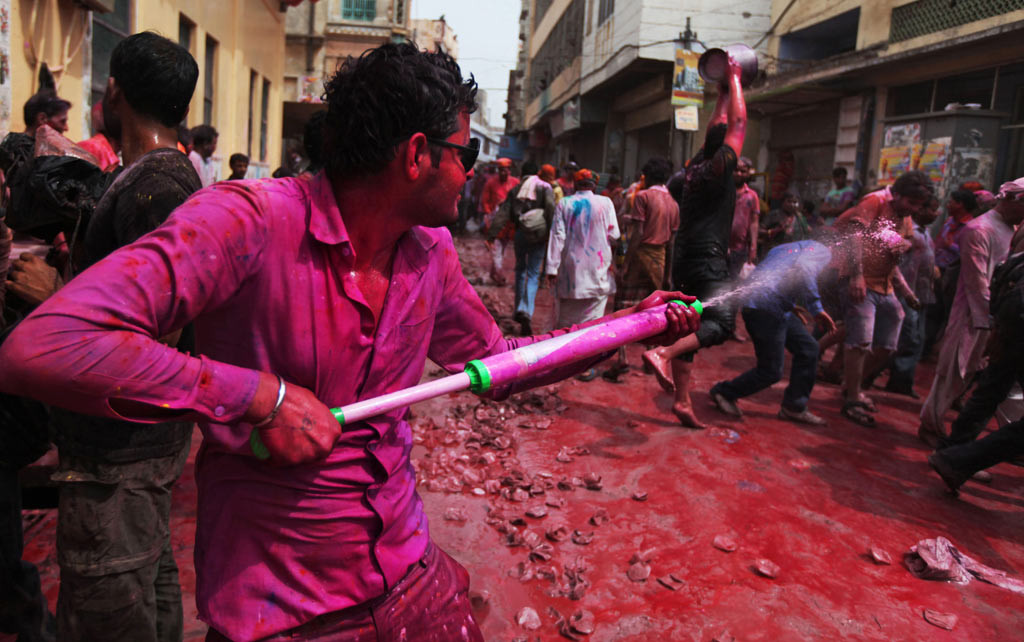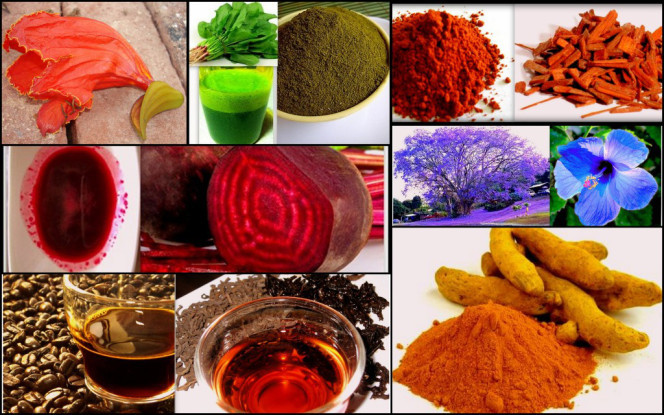Effects of Holi festival
What is Holi festival?
Holi is known as festival of colours. It is celebrated at the end of winter season every year which usually falls in later part of February or start of the March. In most of the regions Holi lasts for two days. This article explains the effects of Holi festival on the the Environment.
With over a decade of expertise in environmental monitoring, Perfect Pollucon Services has observed significant environmental impacts linked to Holi celebrations. Below are insights and common mistakes people often make, along with expert suggestions to celebrate safely and sustainably.
Holi Celebrations

On first day participants hold bonfire which is called as “Holika Dahan” and on second day people throw coloured powder at each other and celebrate wildly is called as Dhulivandan or Rangpanchami. People also cook Puran-Poli and sweets at home and invite their relatives and friends for celebrations.
Disadvantages of Holi Festival
Bad Effects of Holi festival on the Environment
No doubt Holi is one of the important festivals widely celebrated in India but it has some bad effects on the environment. Let’s read them one by one:
Air Pollution
As per tradition, in celebration of Holika Dahan i.e. bonfire which contribute to deforestation. During Holi festival Carbon Dioxide, Carbon Monoxide, Particulate matter levels go high which causes poor air quality. Also on this auspicious day participants also burst fireworks which release harmful gases and toxic substances into the air which can be measured by air quality monitoring.
Insight from Experience: At Perfect Pollucon Services, air quality studies conducted during Holi festivities show significant increases in particulate matter (PM2.5 & PM10), contributing to respiratory issues in vulnerable groups.
Noise Pollution
Bursting firecrackers and loud music during Holi celebrations significantly contribute to noise pollution, negatively impacting infants, elderly people, animals, and birds.
Effects of harmful Chemicals
In earlier times Holi used to celebrate using organic colours made from flowers. But due to highly commercialization of Holi (& deforestation) festival many companies started manufacturing chemically prepared colours (Dyes) which are highly toxic. They are not readily degradable under natural conditions and cannot be removed by conventional wastewater treatment methods.
Common Mistakes to Avoid During Holi Celebrations
- Avoid using synthetic chemical-based colors. Opt for natural, organic alternatives.
- Do not burn plastic, rubber, or other hazardous materials during Holika Dahan.
- Limit use of water and water balloons to conserve valuable resources.
Water Pollution
Water pollution is considered as one of the major effects of Holi festival. Currently, in India all cities are facing water shortage. Considering this, people throw water buckets to each other, children throw water balloons at each other which is questionable. Also plastics bags, balloons can block the drainage system of the city.

Also chemical colours mixed water can damage water bodies and soil where it is released in sea or river.
Negative Effects of Holi on Water Resources
Water scarcity is already severe across many Indian cities. Holi celebrations exacerbate this issue by:
- Excessive water wastage during celebrations.
- Plastic balloons and bags used during Holi can clog drainage systems, causing urban flooding and environmental damage.
Insight from Experience:
Blocked drainage systems due to balloon fragments significantly increase municipal maintenance costs annually, and sometimes lead to flooding, especially during monsoon seasons.
Health Effects of Chemical Colours
In recent study it is found that all types of chemically prepared colours are harmful to our health. It may contain Lead oxide, copper sulphate, Aluminium Bromide, Prussian blue, Mercury Sulphide etc.
Many colours causes Asthma, skin irritation, rashes, swelling, allergy and it affects the eyes.
Alternate ways to celebrate Holi
- Also we can reduce the size of “Holika Dahan” i.e. bonfire so that we can save some trees to reduce effects of Holi festival.
- We can avoid using loudspeakers to reduce noise pollution so that infants and senior citizens have low impact on health.
- To celebrate eco-friendly Holi first of all we need to make our colours eco-friendly. We can create colours by using fruits and flowers at home. Also we can distribute in our friends so that they won’t buy chemically prepared colours.

Expert Insight: Over the last 25+ years, our environmental monitoring has consistently shown that celebrating Holi with eco-friendly colors significantly reduces the health risks and environmental harm associated with traditional practices.
If you know any ways to celebrate eco-friendly Holi festival then let us know in the comments.
Share this Article with your friends:
Effects of Diwali festival on the Environment
Effects of Ganapati festival on the Environment.
Disadvantages include air and noise pollution, water wastage, and harmful chemical exposure.
It leads to air pollution, noise pollution, and contamination of water sources due to synthetic colors and firecrackers.
Holi promotes unity and social harmony but requires sustainable celebration practices to prevent environmental damage.


The blog created is the best media for everyone who are intersted in environment protection. This gives us a lot of knowledge related to environment. I will regularly follow this blog. 🙂
Great Blog posting…thanks for sharing lovely information
Thank you Sawariya.. Glad that you liked the Post.
keep coming for More.